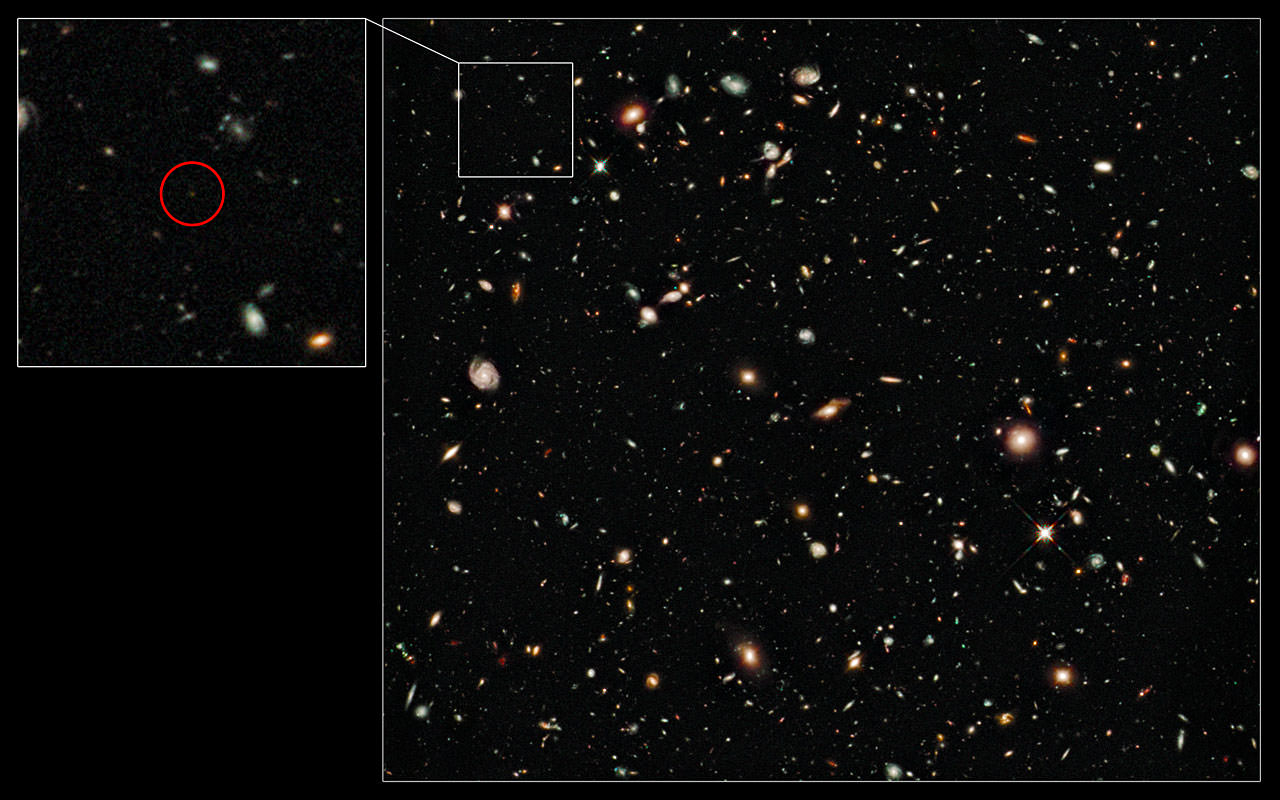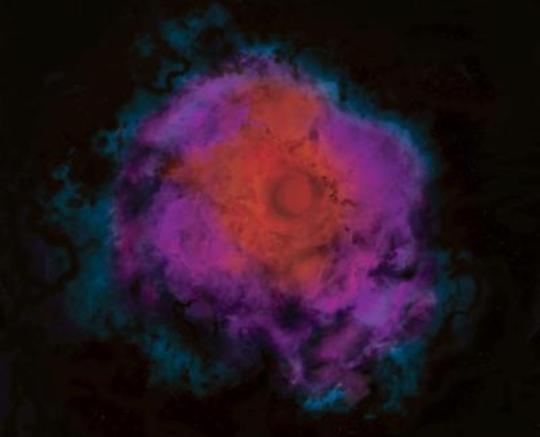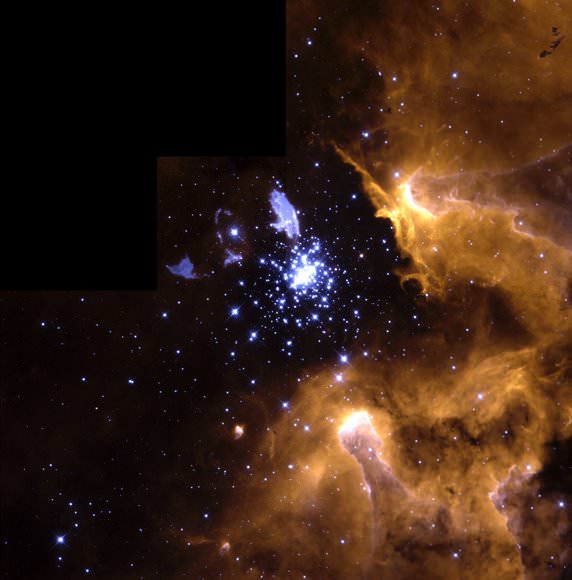If you’re a fan of science fiction or fantasy then chances are, at some point, you’ve read a book, seen a movie, or watched a series that explored the concept of multiple universes. The idea being that within this thing we call time and space, there are other dimensions where reality differs from our own, sometimes slightly, sometimes radically. Interestingly enough, this idea is not restricted to fiction and fantasy.
In science, this is known as the Multiverse Theory, which states that there may be multiple or even an infinite number of universes (including the universe we consistently experience) that together comprise everything that exists: the entirety of space, time, matter, and energy as well as the physical laws and constants that describe them. In this context, multiple universes are often referred to as parallel universes because they exist alongside our own.
The term was coined in 1895 by the American philosopher and psychologist William James. However, the scientific basis of it arose from the study of cosmological forces like black holes and problems arising out of the Big Bang theory. For example, within black holes it is believed that a singularity exists – a point at which all physical laws cease – and where it becomes impossible to predict physical behavior.
Beyond this point, it is possible that there may be an entirely new set of physical laws, or just slightly different versions of the ones that we know, and that a different universe might exist. Theories like cosmic inflation support this idea, stating that countless universes emerged from the same primordial vacuum after the Big Bang, and that the universe as we know it is just what is observable to us.
Max Tegmark’s taxonomy of universes sums up the different theories on multiple universes. IN this model, there are four levels that classify all major schools on thought on the subject.
In Level One, different universes are arranged one on top of the other in what is called Hubble Volumes, all having the same physical laws and constants. Though each will likely differ from our own in terms of distribution of matter, there will eventually be Hubble volumes with similar, and even identical, configurations to our own.
In Level Two, universes with different physical constants exist and the multiverse as a whole is stretching and will continue to do so forever, but some regions of space stop stretching and form distinct bubbles, like gas pockets in a loaf of rising bread.
In Level Three, known as the Many Worlds Interpretation of Quantum Mechanics, observations cannot be predicted absolutely but a range of possible observations exist, each one corresponding to a different universe. Level Four, aka.the Ultimate Ensemble devised by Tegmark himself, considers as equally real all universes that can be defined by mathematical structures. In other words, universes with the same or different constants may exist.
We have written many articles about multiverse for Universe Today. Here’s an article about searching life in the multiverse, and here’s an article about parallel universe.
If you’d like more info on the Multiverse, check out some Recent Innovations about the Concept of Universe, and here’s a link to an article about the Size of the Universe.
We’ve also recorded an entire episode of Astronomy Cast all about Multiverses. Listen here, Episode 166: Multiverses.
Sources:
http://en.wikipedia.org/wiki/Multiverse
http://www.sciencedaily.com/releases/2010/01/100112165249.htm
http://www.astronomy.pomona.edu/Projects/moderncosmo/Sean%27s%20mutliverse.html
http://en.wikipedia.org/wiki/William_James
http://en.wikipedia.org/wiki/Big_Bang
http://en.wikipedia.org/wiki/Inflation_%28cosmology%29








